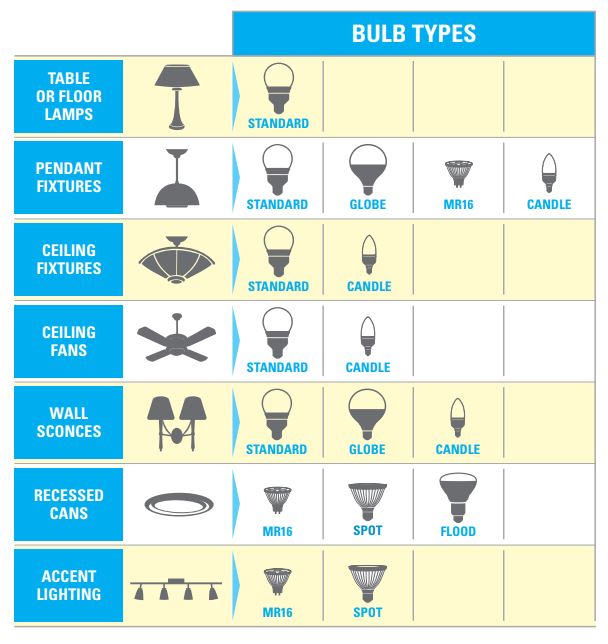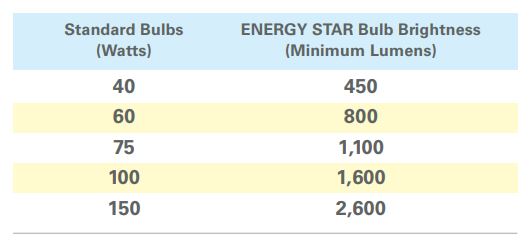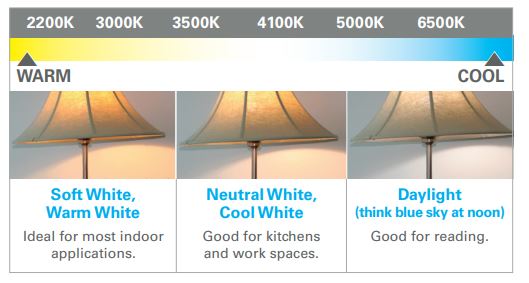Besides just turning off the light when leaving a room, you can do more to conserve energy and save money. Consider updating the lightbulbs in your home to Light Emitting Diodes (LEDs). LED bulbs produce light approximately 90% more efficiently than standard incandescents!
How do LEDS work?
In an LED bulb, an electrical current passes through a microchip, which illuminates the tiny light sources called LEDs. The result is visible light.
How are LEDs different than other lightbulbs, like incandescents and CFLs?
Overall, LED lighting is more efficient, versatile, and lasts longer than other types of lighting. LEDs are "directional" light sources, so they emit light in a specific direction rather than all directions. They are therefore able to use the light they produce more efficiently.
Additionally, LEDs produce light in a different way than CFLs and incandescents. In LEDs, the electrical current passes through a microchip, which illuminates the tiny light sources. In a CFL, an electric current flows between electrodes at each end of a tube containing gases. The reaction of the current flowing produces ultraviolet light and heat. The UV light is transformed into visible light when it strikes a phosphor coating on the inside of the bulb. Incandescent bulbs produce light by using electricity to heat a metal filament until it becomes hot, producing light. Because of this method of producing light, incandescents release 90% of their energy as heat.
How long do LEDs last?
The life of an LED bulb is determined a little differently than standard incandescent or compact fluorescent lightbulbs (CFLs). Rather than burning out or failing like the others, LEDs lose their brightness over time, called "lumen depreciation." The life of an LED is determined by predicting how long it will be until the light output decreases by 30%.
Where can LEDs be used?
LEDs are perfect for use in just about any lighting application. Some LEDs are designed to be very similar in appearance to traditional lightbulbs, making them perfect for use in standard lighting fixtures or other applications around the home.
LEDs and Heat
LEDs use something called a heat sink to absorb the head produced by the LED and spread it out into the surrounding environment. This keeps LEDs from overheating and burning out. The LEDs that last the longest are the ones that are able to do this efficiently.
What LED bulb to buy?
LED bulbs that have earned the ENERGY STAR label have been independently certified and undergone extensive testing to ensure they will save energy and perform as promised.

For LED bulb brightness, look for lumens - not watts. Lumens indicate the amount of light ouput. Use this chart to help determine how many lumens you need to match the brightness of your old standard bulbs.

Finally, color is another key factor in choosing the appropriate bulb. Light color/appearance matches a temperature on the Kelvin scale (K), so the light color is rated in lumens. A lower K score, or lower lumen number, means a warmer, yellowish light, while a higher lumen/K score will mean cooler, bluer light.

-Source: EnergyStar, www.energystar.gov